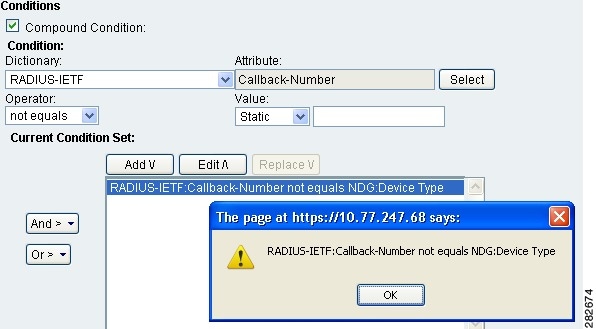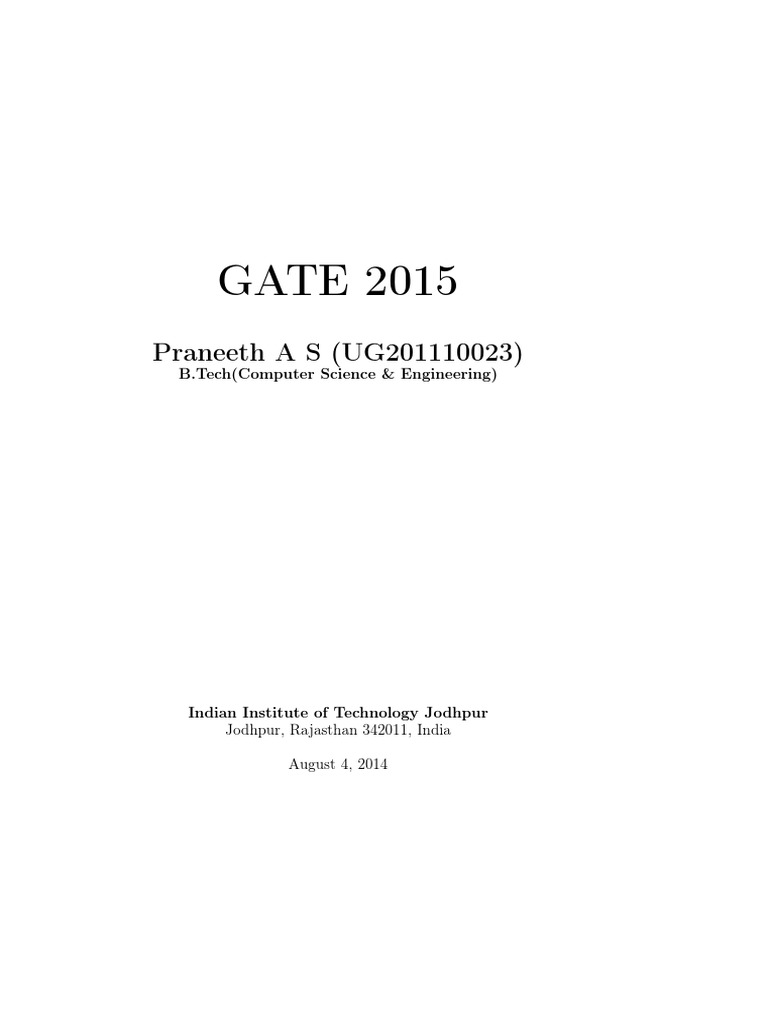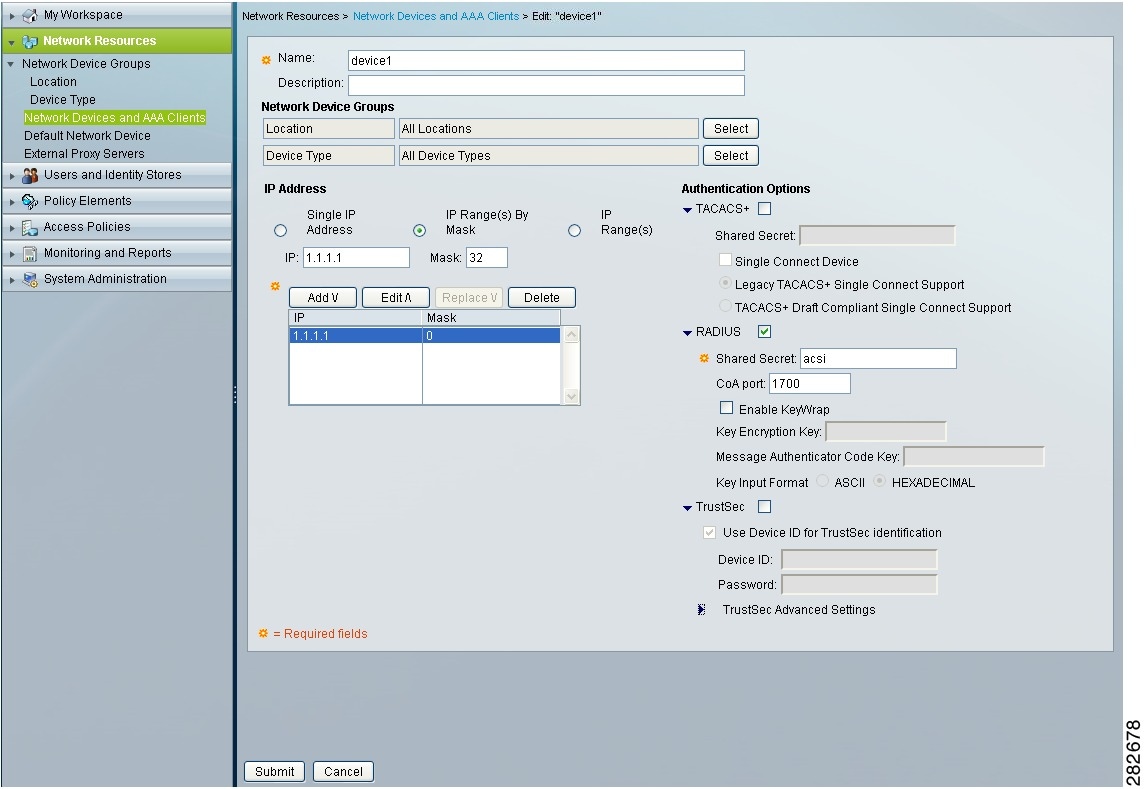

If conditions are met, traffic will be denied.ĭefines the Internet protocol for filtering. If conditions are met, traffic will be allowed. The extended access list numbers range from 100–199. Regardless of how expansive or disparate your firm's infrastructure is, UpGuard's platform for cyber resilience can provide this integrity validation across all systems-security devices, switches, IoT devices, web apps, and more.Defines the number of the access list. A strong security posture requires that all IT assets in your environment-including Cisco and FireEye appliances-are regularly scanned and monitored for misconfigurations and vulnerabilities. When it comes to continuous security, firewalls and network devices only form one part of the equation. Indeed, missed earnings and steadily tumbling stock prices-brought on at least in part by recent critical vulnerabilities discovered in FireEye's security products-making it a prime buyout candidate. Collectively, the capabilities gained through these acquisitions give FireEye an end-to-end platform for threat detection to activity (as it's happening) to a historical review of what happened, as well as a security incident response platform for handling intrusions.ĭespite years of competition between the two, FireEye has long been a rumored acquisition target for Cisco-in fact, speculation around the latter's plans for buying the security vendor have resurfaced earlier this year. Its principle strategem for improving product line security has been strategic acquisitions, as opposed to engineering in-house for example, its ASA-series NGFWs are heavily fortified by its advanced malware protection (AMP), FirePOWER Services, and Next Generation Intrusion Prevention System (NGIPS)-all former SourceFire products now integrated with Cisco's products.įireEye has also expanded its security capability set with recent acquisitions, the biggest of which was Mandiant in 2014, followed by nPulse Technologies, iSIGHT Partners, and Invotas. In contrast, Cisco plays in the vast space of networking and digital communications and approaches security as an integral component of all its offerings. Capability Setīoth are leaders in their respective categories but FireEye focuses exclusively on providing cyber security solutions. Side-by-Side Scoring: Cisco vs. FireEye 1.
Cisco secure access control system 5.3 price series#
Its NX network security devices and HX series endpoint security solutions are widely considered best-in-class but have taken a hit recently following the discovery of several critical product vulnerabilities.

Additionally, it provides analytics and forensics through its consulting arm Mandiant (acquired in 2014).

Milpitas, CA-based security vendor FireEye builds solutions that focus on network, email, endpoint, mobile, and content security. At the end of day, however, the company is not a security vendor, per se. Cisco's acquisition of SourceFire clearly fills out a large missing security piece in its networking equipment line, enhancing its existing next-generation firewall products with SourceFire's Advanced Malware Protection (AMP) and Snort-based Next-Generation Intrusion Prevention System (NGIPS).

On the one hand, Cisco obviously deals intimately with issues on the data and network levels. How much does a network equipment manufacturer know about security? A lot or a little, depending on who you ask. Cisco is of course perpetually in M&A mode, having picked up SourceFire for its next-generation intrusion protection system (IPS), firewall, and malware protection solutions in 2013. In light of these activities, how do the two vendors' solutions compare when it comes to protecting enterprises against cyber threats? Cisco Systems This follows several other key purchases including the 2014 acquisition of Mandiant, a move that yielded FireEye an endpoint security platform and additional security intelligence for its existing product line. In January of this year, FireEye picked up iSight Partners to augment its threat intelligence capabilities. Department of Homeland Security? Due to key acquisitions over the years, both Cisco and FireEye possess a comprehensive suite of enterprise security solutions. In this article, we'll find out how they stack up against each other when it comes to continuous enterprise cyber threat protection.īoth vendors have been actively swallowing up smaller players to round out their cybersecurity offerings. Who provides better continuous security: the world's largest maker of networking equipment or the first cybersecurity firm certified by the U.S.


 0 kommentar(er)
0 kommentar(er)
